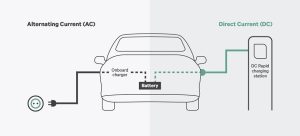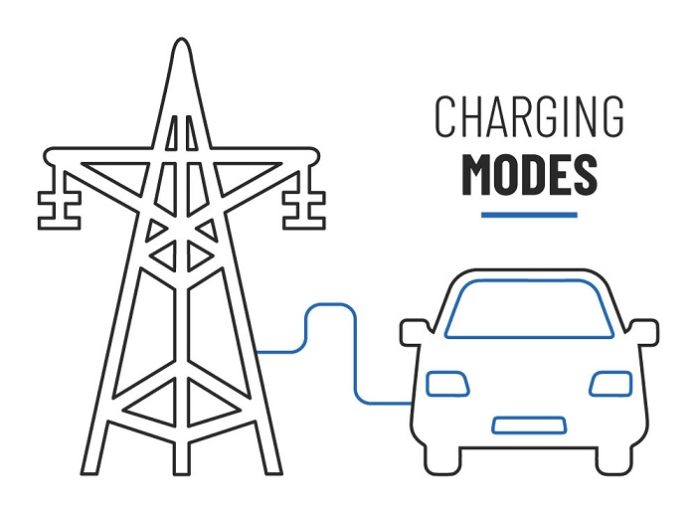With electric vehicles evolving in pursuance of becoming the torch-bearer of green and clean transportation, a look at the charging methods available.
Life today is energy driven and the demand for more is rising aggressively. At the same time, the need to tackle climate change grows more demanding every day. The need for rapid innovations in this area is a necessity. The automotive sector is bringing in continuous developments to help people make a switch towards zero-emission vehicles. The popularity of electric vehicles is continuously increasing and they represent an appealing alternative to the internal combustion engine. To ensure their rise, the availability of a competent infrastructure is a must.
EVs run on batteries that need charging and charging stations. There are various methods of charging available, depending on the type of the vehicle, the battery used, the capacity of the batteries, and the type of charging system being used. It’s important to understand the various types and technologies of charging to make better decisions with regard to the vehicle being used. Broadly speaking, DC (direct current) charging technology Is faster than AC (alternating current). The power that comes from the grid is always AC. But the batteries like those used in electric vehicles, store power in DC. That is why a converter is built into the EV itself. It converts the power and feeds it into the car’s battery.
Battery materials exist on the 0.001mm scale and cells exhibit some pretty wild properties. Lithium can get involved in side reactions either reducing the capacity of the battery over time or forming dendrites that can damage the safety of the cell. Charging profiles are strange and non-linear with the rate of charging being entirely dependent on the current and state of charge of the battery.
The major charging techniques are battery exchange, wireless charging, and conductive charging.

Battery exchange or the battery swapping method is based on paying rent to the battery exchange station. The driver can quickly replace the discharged battery without even getting out of the car. The slow charging method of the battery exchange station helps to extend the life of the battery. They can use renewable energy sources to charge these batteries. the setbacks of this technique include the high monthly rent and the requirement of many expensive batteries with large sized areas to store them. It can also be a possibility that the station may not always have the same model of battery as required by a particular car.
Wireless charging is based on EMI (electromagnetic induction) and uses primary and secondary coils. It has gained popularity because of its ability to recharge the EV safely and efficiently. It does not require a standard connector and can charge even while the vehicle is moving. Although it does require a standard coupling technology. The setback of this charging is that the inductive power transfer is weak and the chance of eddy current loss if the transmitter is not turned off is also present.
Conductive charging is the method of charging where there is an electrical connection between the vehicle and the charging inlet and provides different charging levels. In level 1 there is a cord with an attached control box. One has to plug in to a three-pin wall socket and this charging takes 15-20 hours to fully charge the vehicle’s batteries depending upon its capacity. The advantage of using this charging type is that it does not require the installation of additional hardware. The drawback of this being that it takes a lot of time to charge up the batteries. in level 2, an AC charger is installed and the battery can be charged in 6 hours or more depending on the capacity. This is an energy-efficient method. The drawback is the expensive hardware used. Level-3 charging is found at public stations and can charge 80% in less than an hour. It converts the AC current, into DC current for direct storage in electric vehicle batteries. One needs to pay the service provider for using these charging stations. Levels 2 and 3 have high efficiency due to direct connection but levels 1 and 2 have less impact on the distribution system.
While charging it’s important to have a thorough understanding of the vehicle and the battery used. The rate of EV charging depends both on the capability of the infrastructure and the vehicle itself. As much as charging techniques have improved, future technology holds more promise. The obtainability of charging booths and the time taken to charge, appear to be the deciding factor for the mass adoption of EVs.








